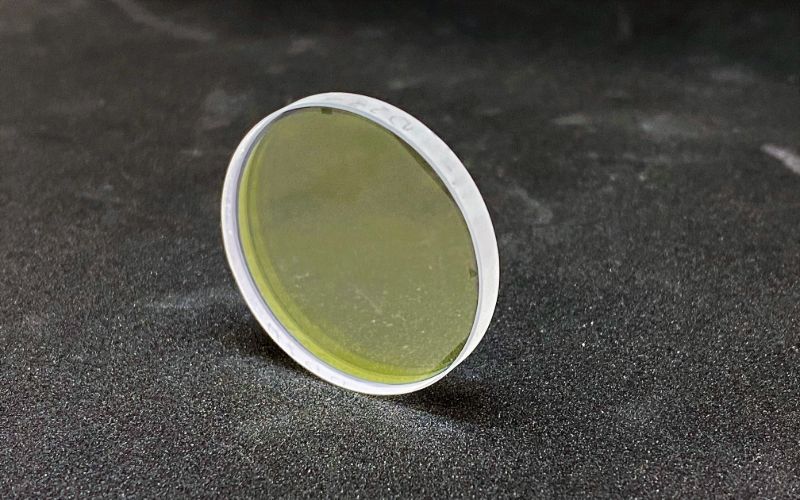Diffractive optical elements basics
Diffraction optical elements, otherwise known as holographic elements or computer generated elements, are window-like components with micropatterns etched or otherwise structured onto their surface. These microstructures, when illuminated with a coherent laser beam, create a phase delay in a portion of the light propagated through them, and thus generate a different output far-field illumination profile than the profile of the input beam.
The output beams generated by diffraction optical elements can have various optical and functional characteristics. The flexibility they provide, along with their compactness and relatively low price in comparison to alternative solutions to achieving similar results, makes diffraction optical elements a highly attractive beam shaping solution for many laser system engineers in various fields of applications.
Functions and applications of diffraction optical elements
The most common uses for diffraction optical elements are for beam splitting and beam shaping. A diffractive beam splitter, or multispot, generates multiple output beams with controlled separations between them from a single input beam. Generally, all output beams will share the same intensity profile and spot size at the focus plane, as the original input beam. The output beams can be arranged in any desired order from a row, to a matrix, a circle or a target, even a pseudo-random array of spots is possible with these components.
Diffractive beam splitters are typically integrated into laser devices who can benefit from parallelization of the process they are designed to perform, and thus increased throughput. Common examples include:
- Fractional skin treatments
- Solar panels scribing
A diffractive beam shaper, as implied by its name, modifies the output beam to a uniform intensity profile having any desired spot shape with sharp edges and a steep energy drop-off between the spot (the treated area) and out of it.
Diffractive beam shapers pose a huge advantage to system designers who require highly accurate or uniform processes, or avoid overlaps and gaps on the treated surface. In such cases typically a square or rectangular shape is desired. These elements are frequently used in area surface treatment devices such as:
- PCB processing for microelectronics
- Solar panel processing and contacting
- Laser welding and brazing
- Skin treatments such as hair and tattoo removal
In some applications, there is a requirement for custom solutions composing both splitting and shaping the beam and thus creating either uneven multiple spots, or multiple shaped spots. With diffractive optical elements, this can almost always be achieved with a single component.
Other functionalities that can be realized with diffractive optical elements are beam focal shaping, meaning – applying a Z-axis modification on the beam, such as “stretching” the beam waist or splitting the focus into multiple foci along the propagation axis.
These functions are highly valuable in increasing throughput of transparent materials processing such as glass cutting.

Design and production of diffraction optical elements
There are various methods for computer design of diffractive optical elements, the most common and successful is using an Iterative Fourier Transform Algorithm, or I.F.T.A.
A diffractive optical element design requires a measure of expertise from the optical designer, to properly and accurately plan the formation of the microstructures topography in a way that will both meet the optical requirements and the manufacturing tolerances. This is why experience and know-how are crucial in this field to generate the correct pattern.
Holo/Or was the first company to introduce diffraction optical elements for commercial applications over 30 years ago. Since then we have mastered the art of light shaping according to our customers specifications and needs. We welcome the challenges posed to us by our customers as they discover new and exciting applications for using our components.
TL; DR - Q&A
What are diffraction optical elements?
Diffraction optical elements are passive optical devices used in laser systems to alter the phase of the light and generate various intensity distributions at the output.
What are diffractive optical elements used for?
Diffractive optical elements are integrated into various laser systems to generate a more optimal output beam for the process. The beam optimization can be done by either modifying the spot shape, splitting the beam into multiple beams, or combining the two options.
How are diffractive optical elements produced?
Diffractive optical elements are designed with computer generated patterns using an iterative fourier transform algorithm. These patterns are then being etched or otherwise transferred onto an optical window, creating a flat, thin and lightweight compact solution for beam shaping.

